These parrots are quite sensitive and intuitive. You won't realize it but they will pick up on any changes in their environment. So, you need to learn to read their body language in order to get a better understanding of their needs and wants.
For example, eye pinning is quite a characteristic behavior of these parrot species. Pinning refers to rapid enlarging and shrinking of the pupils in their eyes. If your bird's body is relaxed and its eyes pinning, it means that it is really focused on something interesting in the environment. On the other hand, if its eyes are pinning and its feathers puffed, be careful. It means that they are either frightened or angry.
You can easily make out if your bird is afraid by the behavior of your African Grey parrot. They will flatten their feathers, their eyes will be wide, they will breathe deeply, and their body may also tremble.
Grinding of the beak is a sign that your bird is quite content and is probably ready to go off to sleep. Provide lots of chewy toys for your African grey, since they love to chew. Growling is a sign that your bird is frightened. Try and find out what is scaring it and remove it from the environment.
African grey parrots express their love and affection for humans by pinning their eyes, bobbing their head, stretching their neck, and regurgitating. If you see her bow, it is time to scratch and pet her!







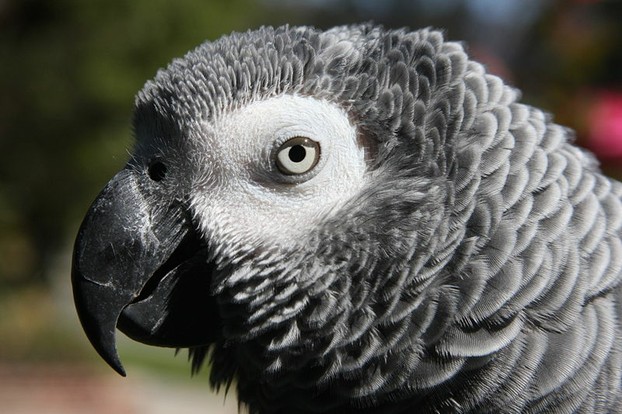
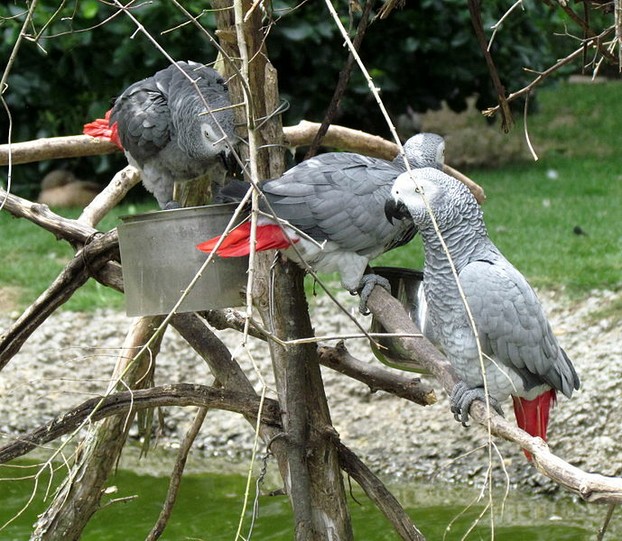



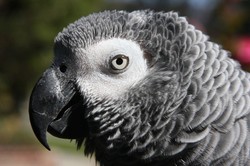

 Tips to reduce computer eye strainon 03/23/2013
Tips to reduce computer eye strainon 03/23/2013
 Why Can't I Sleep at Night?on 03/14/2013
Why Can't I Sleep at Night?on 03/14/2013
 What is a Birthstone and what is my Birthstone?on 12/03/2012
What is a Birthstone and what is my Birthstone?on 12/03/2012
 Beautiful Flower Jewelryon 12/02/2012
Beautiful Flower Jewelryon 12/02/2012

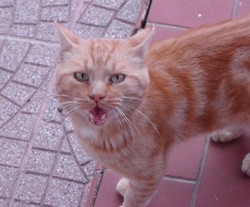
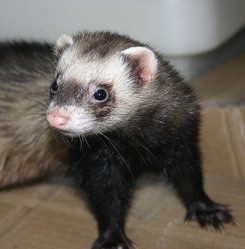
Comments
If you learn to read their behaviors, it can indeed be quite useful. It helps the owner to actually know how the parrot feels at a particular point. Also, it helps in identifying when your bird is in some kind of distress. I am glad you liked it. Thanks for stopping by!
Wow! I enjoyed reading about this parrot. My nephews have a pair of parrots. I have no idea how to read anything into their behavior. :D
Yes, indeed, parrots are indeed just adorable. Delightful pets. Thanks for stopping by!
Good article. I never had an African grey but I did have a conure. She was a brat but I miss her.